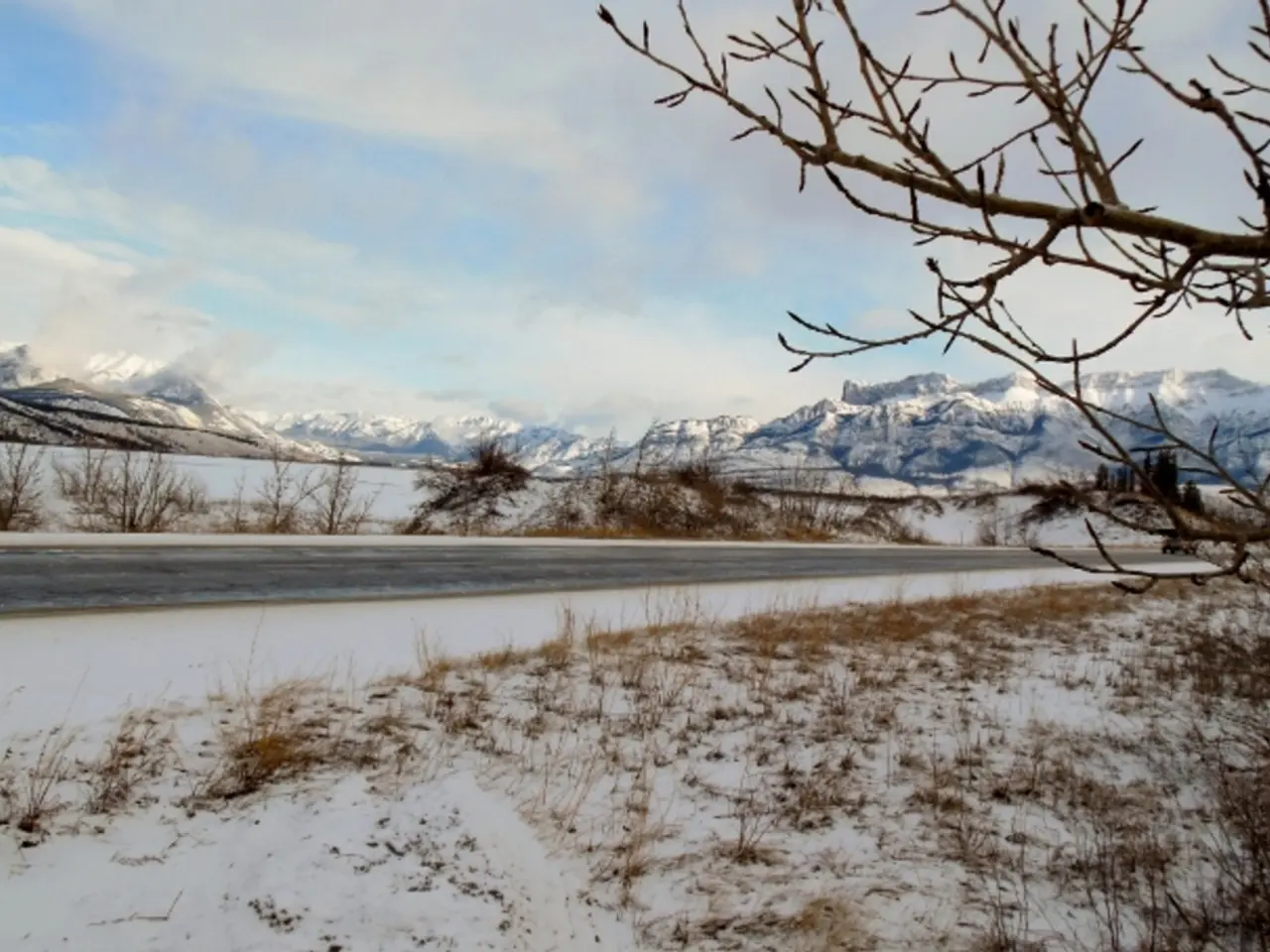Record-breaking ice loss observed in North American and European glaciers over the past 4 years
A new study published in the journal Nature has highlighted exceptional changes in ice loss in glaciers across the western U.S., Canada, British Columbia, Alberta, Washington, and the Swiss Alps between 2021 and 2024. The findings reveal that this period has been the worst for ice loss since glacier monitoring began in the 1960s.
Factors Driving Ice Loss
The extreme ice loss can be attributed to several key factors.
- Rising Temperatures: Higher temperatures remain a primary driver of glacier melting. Warmer conditions lead to increased ice melt, especially during the summer months.
- Darkened Snow: Saharan dust and ash from wildfires have darkened glaciers, particularly after Canada's worst wildfire season in 2023. This darkening increases the absorption of solar energy, accelerating melting.
- Low Precipitation: Reduced snowfall is another significant factor. Areas like the North Cascade glaciers in Washington experienced below-average snowpack, contributing to ice thickness loss.
- Climate Change Indicators: The acceleration of melting is linked to broader climate change indicators, including increased frequency of heat waves and changing global weather patterns.
- Glacier Mass Balance: The negative mass balance of glaciers, where ablation exceeds accumulation, has been exacerbated during this period. For example, North Cascade glaciers have averaged a loss of about 1.41 meters of ice thickness per year from 2014 to 2024.
Regional Considerations
- Canada and British Columbia/Alberta: The rapid melting is particularly alarming in western Canada, where glaciers are losing ice at twice the rate of previous decades. Factors like wildfires and low precipitation are critical here.
- Swiss Alps: Similar to other regions, the Swiss Alps are experiencing heightened ice loss due to climate change factors such as rising temperatures and changes in snow cover.
- Washington: The state's glaciers, like those in the North Cascades, face challenges from reduced snowpack and warmer temperatures.
The study found that ice loss from glaciers may have peaked between 2021 and 2024. This means that glaciers may now release less water into rivers and streams than they did up until 2024, potentially affecting water supplies for communities, agriculture, and industries.
Another heat wave in 2023 caused an early start to the wildfire season in both North America and Switzerland. The extreme heat and dry conditions contributed to the darkening of glacier ice, which absorbs more radiation from the sun than light surfaces do, causing more melt.
Between 2000 and 2023, glaciers around the world collectively lost 301 billion tons (273 billion metric tons) of ice per year. However, the researchers found that the yearly losses of ice from these glaciers between 2021 and 2024, as well as the total loss of ice measured during this period, are record-breaking.
One-tenth of all glacier ice in Switzerland melted away in just two years between 2022 and 2023. The cumulative loss in these four years was double that recorded between 2010 and 2020, shrinking glaciers by up to 13%.
The studied glaciers are located in regions with "very good, almost real-time, observational coverage." The aim of the new research was to determine whether the past four years of glacier melt stood out from previous years. The study found that the period from 2021 to 2024 was indeed exceptional, with meteorological conditions that favored high rates of mass loss, including low winter snow accumulation, early-season heat waves, and prolonged warm, dry conditions.
The researchers concluded that the extreme ice loss in these glaciers is a clear sign of the impact of climate change and should serve as a warning for the future.
- The exceptional ice loss in various glaciers, including those in the Swiss Alps, western Canada, British Columbia, Alberta, Washington, and the Swiss Alps, is not only due to rising temperatures but also linked to environmental-science factors such as changes in snow cover and increased absorption of solar energy, darkening glaciers after wildfires.
- Alongside the effects of climate change on ice loss in glaciers, health-and-wellness aspects should also be considered, as the shrinking glaciers may impact water supplies for communities, agriculture, and industries in the near future.




